Having successfully completed the first phase of the rollout of its John Deere-branded construction equipment in Africa, John Deere AME has turned its focus on its production class equipment, including large-sized wheel loaders, excavators, dozers and ADTs.
Latest on the arrival lounge is the 42-tonne (t) class John Deere 460E-II ADT, which made its debut on 26 July 2022 at a launch event held at AfriSam’s Jukskei quarry in South Africa. Griffiths Magkate, sales manager Construction and Forestry AME, tells Quarrying Africa that the 460E-II ADT is the culmination of a thorough research and development (R&D) regime, informed by customer needs.
“Given the importance of the ‘voice of the customer’ in today’s equipment designs, the development of the 460E-II ADT was informed by customer feedback. John Deere spent considerable time talking to customers to find out what they needed, wanted and expected from the product. We believe that the 460E-II ADT is everything that the market wants from an ADT today, ticking all the right boxes, from increased productivity and uptime to efficiency and lower total cost of ownership,” says Magkate.
ADT engineer Ian Marshall adds that John Deere’s R&D regime is driven by the company’s Customer Advocate Group – a team of experts drawn from experienced ADT operators, owners, dealers, technical support staff and factory engineers. As part of John Deere’s design process, members of this group of ADT specialists gather before and during the design of any model to give their input.
This design approach has been at the centre of the continued evolution of the John Deere ADT over the years. The company, says Marshall, started selling ADTs some 25 years ago in North and South America – the Richards Bay, South Africa-made C-Series. In 2004, John Deere began manufacturing the D-Series ADTs at its Davenport, United States factory, before rolling out the E-Series in 2012.
“Last year, the E-Series range was upgraded with several enhancements. The range boasts all the latest electronic features of any contemporary ADT, thus driving new levels of productivity, economy and performance required on any jobsite,” says Marshall.
The new ADT is targeted for quarrying and high production opencast mining. According to Magkate, the truck is meant to address the rising demand of 40 – 45-t offerings in the mining sector. “The mining environment is changing. To provide context, hauling at high production mines has always been reserved for large-sized rigid dump trucks. This is all changing, with customers moving towards smaller hauling solutions. The reasoning is that running a big fleet of smaller trucks reduces the risk of downtime. For example, if a single 400-t truck breaks down, production stalls. On the contrary, if you are running smaller 40-t trucks and one breaks down, you can still produce with minimal impact to your overall production,” he explains.
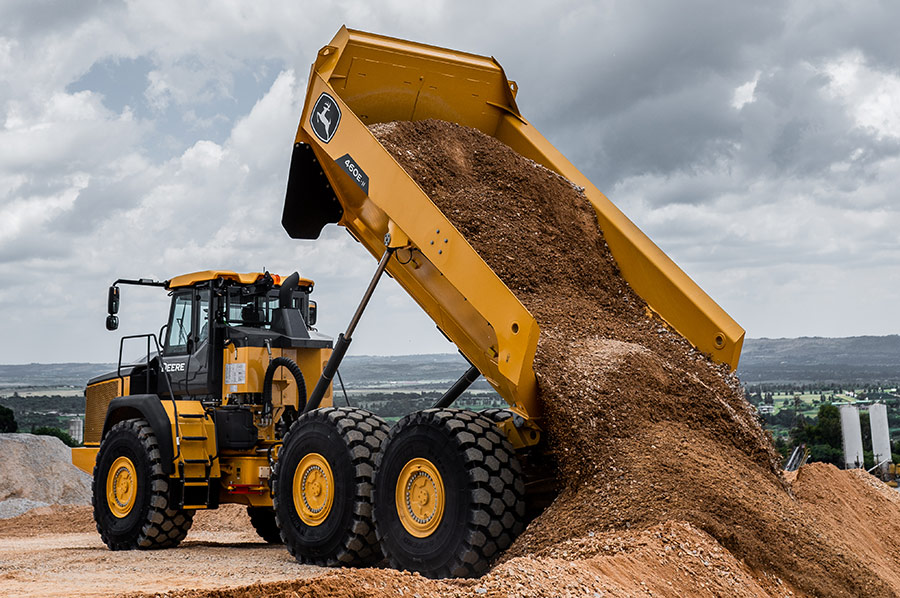
Efficiency to the fore
One of the enhancements that will be of great interest to mines and quarries is the ADT’s fuel efficiency, especially considering the high fuel prices in South Africa and the region at large. To give some background, the cost of diesel (50 ppm) has risen by almost 134%, from R10,33 per litre in 2010 to R24,15 in 2022.
At the centre of the truck’s fuel economy are the three different drive modes – Normal, Economy and Traction – which help optimise the drivetrain, reduce input from the operator and enable easy customisation.
In a comparison between the E Series truck and the new E Series II, it is apparent that customers can enjoy up to 7% fuel efficiency gains in Normal Mode. Its Eco Mode, which conserves fuel by managing engine power delivery and enhancing transmission response for applicable conditions, further improves fuel consumption by up to 12%. Eco Mode is ideal for instances where the ADT does not always have to travel at full throttle moving at top speed. This is often the case when there are many trucks in a normal haul cycle.
In Traction Mode, the truck locks up four differential locks – one in each axle and one in transmission, thus allowing a fully loaded ADT to travel as smoothly and efficiently as possible, even in tough underfoot conditions. The new wheel-speed sensors also provide a more accurate reading than the ground-speed radar to confirm that the traction-boosting auto-differential lock engages when needed.
“The 460E-II is powered by the 13,5-litre John Deere PowerTech 6135 engine which is also fitted in other large John Deere construction machines, agricultural tractors and combined harvesters for greater parts commonality. The transmission is a ZF 8 EP 420 designed specifically for ADT applications and thrives in long, hard and fast hauling. The top gear sets are countershaft type, more suited for high RPM, low torque from the engine. The lower gear sets are planetary type and are suited to lower RPM and high torque generated by the transmission,” explains Marshall.
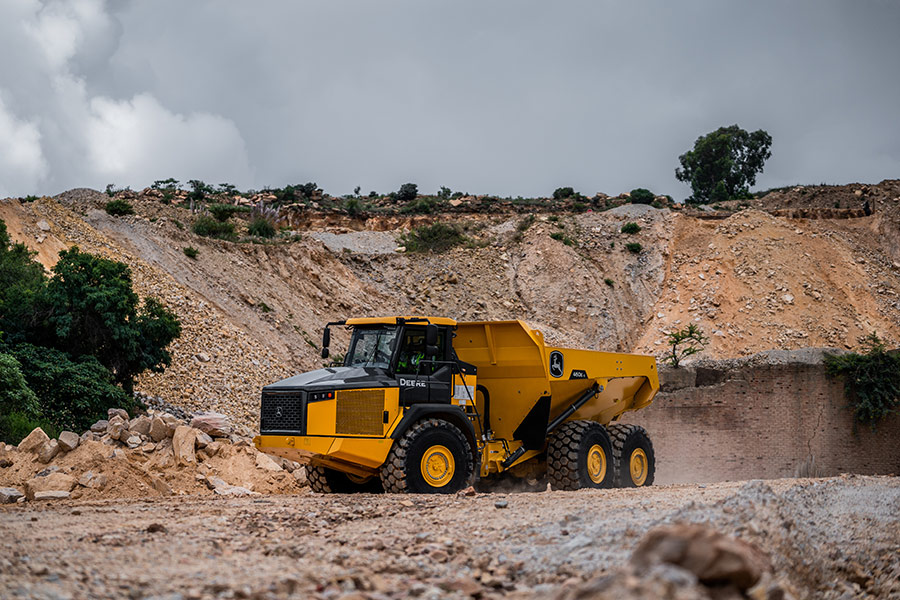
Productivity matters
The 460E-II also has a special design focus on productivity. The machine, says Marshall, has the largest bin capacity and payload of all ADTs in this size class. With a payload of 41 820 kg, the truck has 800 kg more payload than the nearest competitor offering in this size range.
“Key to increased productivity is the redesigned dump body, which is wider and has a lowered and levelled rail height to improve material retention and allow it to be easily loaded. Additionally, the bin rail features an angled top, helping to reduce material spillage while travelling,” explains Marshall.
The 460E-II model is also available with a new ejector body solution, which allows operators to spread a load over a given area and which can be used in areas with overhead power line concerns or where the risk of rollover is high due to steep grade unloading.
Based on John Deere’s understanding that a comfortable operator is a productive one, the 460E-II casts the spotlight on operator comfort. The cab, says Marshall, is the most important part of the truck for operator comfort.
“Operators are in their cab all day long – spending anything between 10-12 hours in it. It is therefore important that their working environment be comfortable, which is also key to productivity on site. With that in mind, the 460E-II’s updated operator station includes features that promote increased productivity and all-round comfort. One of the notable features is the single switch model, which reduces the number of switches by 25% compared with previous models,” explains Marshall.
The quiet, pressurised cab also features a new, easy-to-read monitor and rear camera display, along with options such as the premium heated/ventilated seat and automatic control (ATC) system.
In addition, subscription to John Deere’s JDLink™ telematics system is available free of charge to users. JDLink allows owners and managers to connect to their machinery remotely, to help monitor and track operations and productivity.

Ease of service
With uptime in mind, John Deere paid particular attention to ease of service during the design of the new ADT. All service points are reachable from ground level. At the front of the truck are side doors, a front panel and a bonnet, which provide access to all major service points.
To further improve service access, the front suspension travel can be decreased at the push of a button to bring service points closer to the ground. As part of the enhancements to the new range, John Deere has also reduced over 10% of the hose connections and electrical routings, making the 460E-II one of the most serviceable trucks on the market.
An optional factory-installed auto lube system with ground refill is electrically powered and integrated with machine diagnostics in order to help verify daily maintenance is being performed. In addition, diesel exhaust fluid (DEF) refills are also easily accessible at ground level.

Durability and reliability
Machine reliability and durability are principal considerations in buying decisions. The John Deere 460E-II axles are designed for heavy-duty hauling and long life. They are lubricated, filtered and cooled to extend their service life, while the spring-applied, hydraulically released park brake is also highly reliable.
The oscillation tube adopts a revolutionary contemporary design. “While it appears conventional and similar to competitor offerings, it does not a have a cast tube or plastic/bronze bushes. Instead, it features a cast beam with excavator carriage-type roller bearings at each end. This is factory set up and does not require regular service adjustments. The new low-maintenance oscillation design should provide twice the life of conventional bushes, possibly up to 20 000 hours,” explains Marshall.
In addition, the inboard wet-disc brakes run cool, clean and unexposed. The brake axles are each force-cooled and filtered separately. The cooling oil is separate and not shared, thus eliminating the possibility of cross contamination.
Meanwhile, the hose and wire routing on the ADT has been simplified to reduce rubbing and improve reliability. A 10% reduction of electric and hydraulic routings reduces leak points, thus maximising machine reliability and uptime.
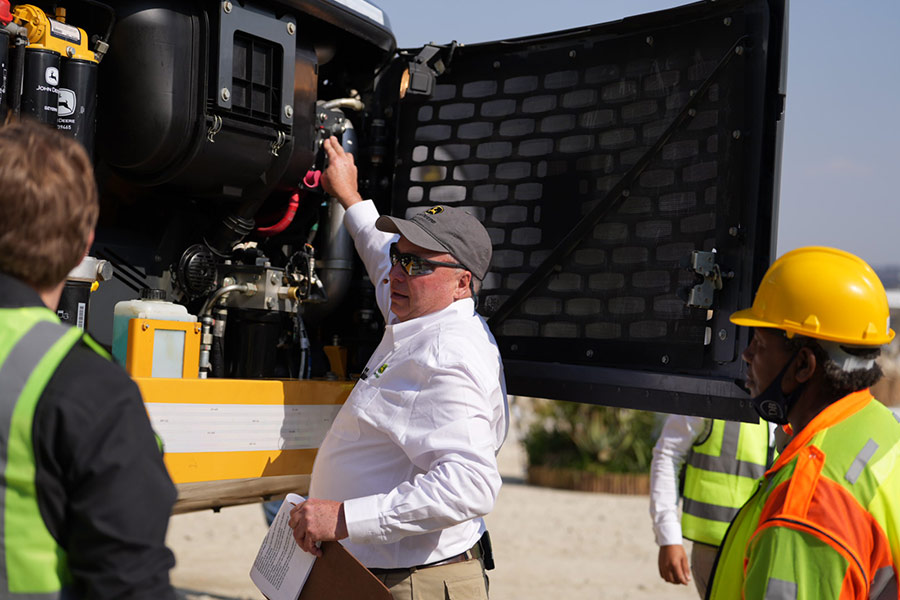
Support matters
According to Jaco Beyers, MD for John Deere Africa Middle East, the production class equipment range comes at a time when John Deere’s construction equipment channel partners, appointed in the last 18 months, have made substantial investments to be able to support the range in the market.
“Five years ago, we embarked on a complete channel redesign, which we implemented 18 months ago, with remarkable success to date. We selected what we believe are the strongest dealers, based on their wide support footprint, closeness to their customers, investments in their infrastructure, personnel, tools and training, which are all key to supporting our construction equipment range, not only now, but well beyond the next 50 years,” says Beyers.
As part of the exercise, AFGRI Equipment was appointed the distributor of selected areas in South Africa, namely Gauteng, Limpopo, part of Mpumalanga, part of the Free State and the Western Cape, as well as Botswana and Zimbabwe.
Senwes Equipment is the authorised distributor for selected areas in South Africa (North West, part of Free State and the Eastern Cape) as well as Namibia. The Mascor Group is responsible for KwaZulu Natal and part of Mpumalanga in South Africa, as well as Uganda and Kenya in East Africa. The TATA Group is the sole custodian of the brand in Tanzania, Zambia, Malawi, Nigeria and Ghana.
Glenys Millingham, manager Aftermarket Sales, Africa and Middle East, says John Deere is dedicated to keeping its dealers equipped with the necessary parts. This is made possible by the company’s worldwide distribution network. The key distribution centres for Africa and Middle East comprise the Regional Distribution Centre (RDC) in South Africa, the Parts Distribution Centre in Europe and the parts facility in the US. Combined, these facilities stock 900 000 part numbers, with more than 120 000 parts shipments despatched on a daily basis.
Located in Kempton Park, South Africa, the 20 000-m² RDC serves the southern part of Africa. It stocks 86 000 stock numbers worth R1,5-billion, averaging 600 shipments a day. With the integration of the construction business last year, John Deere AME added 17 000 more part numbers to the RDC.
“We have made the investment and our dealers have also invested in order for our customers in the region to receive support. We will continue to add part numbers as more construction models become available for our market,” concludes Millingham.

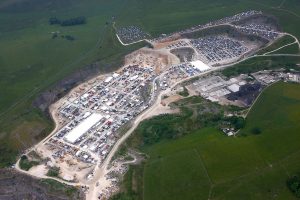
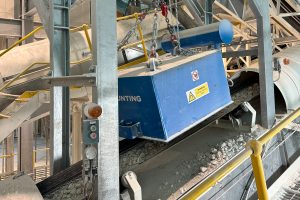


![Data from the World Risk Poll shows that one in five (21%) people in mining and quarrying occupations have experienced harm at work in the past two years. [Photo by Shane McLendon on Unsplash]](https://quarryingafrica.com/wp-content/uploads/2024/10/shane-mclendon-89hUOLtVfoI-unsplash-300x225.jpg)
